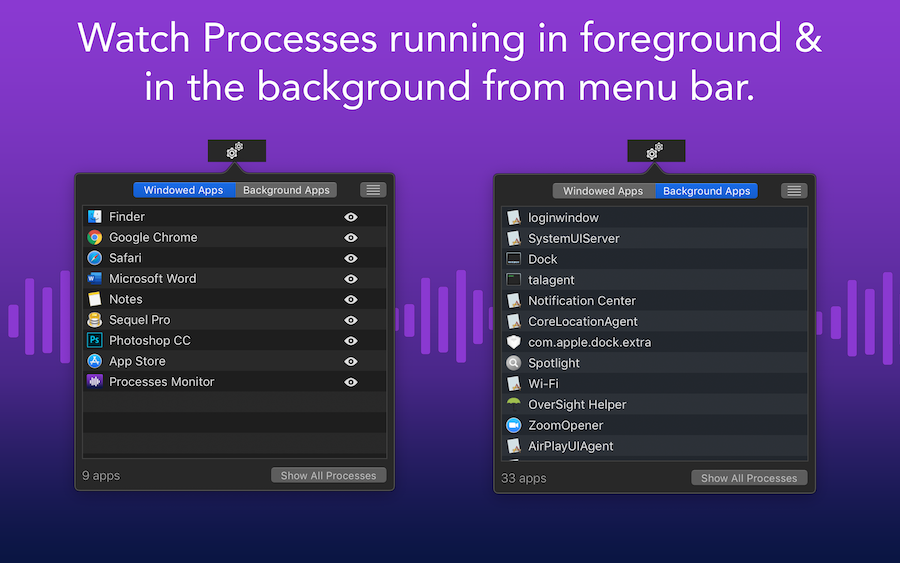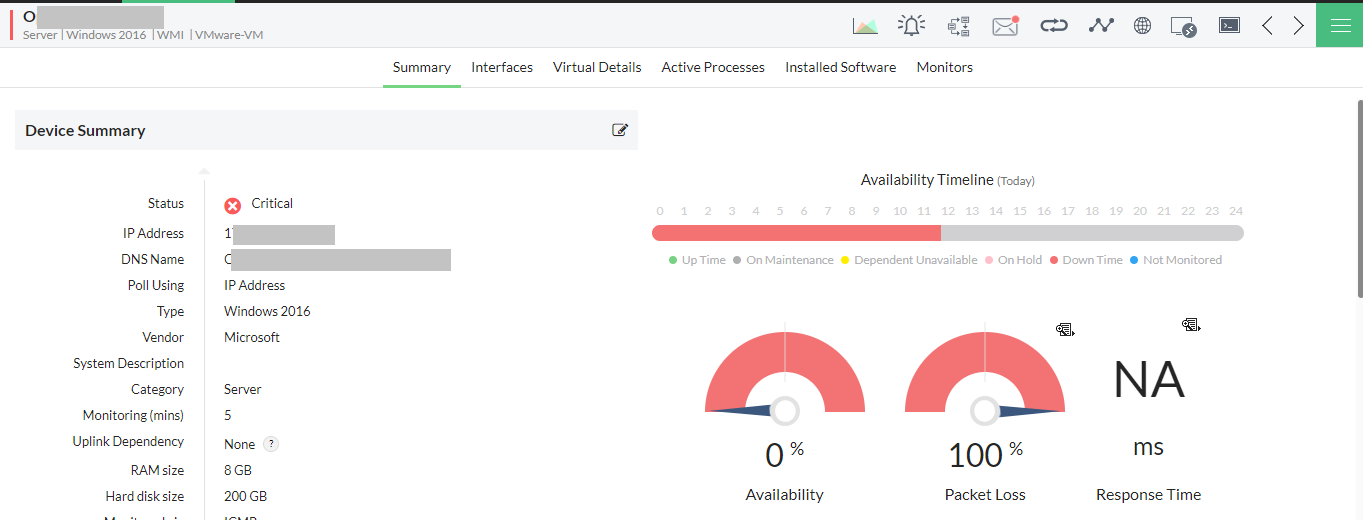


(To learn more about Core Web Vitals and the role of RUM, see our whitepaper). Google has now added Core Web Vitals to their search algorithm as a ranking factor, and is actively encouraging developers to enlist a real user monitoring tool to measure and optimize Core Web Vitals scores. Each of these new metrics represents a critical aspect of the user experience: content loading speed, interactivity, and visual stability. They also need to know which users are affected by issues to replicate the problem and solve it faster.Įven more compelling is Google’s addition of Core Web Vitals (CWV) to their well-established Web Vitals initiative. To deliver the best UX, developers need performance insights at the code level. This guide will lay out the basics of RUM, while helping you zero in on the best tool for your specific situation.

After all, performant software is profitable software. Ultimately, this means the business can deliver faster digital experiences and achieve objectives. RUM tools increase visibility and help teams pinpoint issues that might have otherwise flown under the radar.

JavaScript on the front-end can be unpredictable, and complex user environments can create all sorts of performance problems and significantly impact your bottom line.Īfter all, poor software quality cost US businesses $2.08 trillion in 2020, and the stakes are only getting higher. These days, user experience is increasingly factored into the development process, but that still doesn’t stop slowdowns. RUM tools emerged to bridge the gap between application performance metrics and the impact on real people. Real User Monitoring (RUM) provides visibility into the performance experience of live users interacting with your web, mobile, or single-page apps. ( 2184 words) What is Real User Monitoring? The 9 best Real User Monitoring tools for 2021: A comparison report By Eric Goebelbecker | Posted | 11 min.


 0 kommentar(er)
0 kommentar(er)
